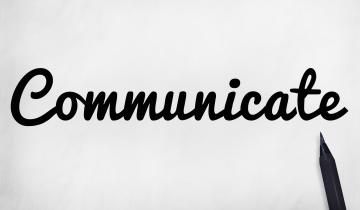You are likely familiar with the term “sludge.” The Oxford Dictionary defines it as a “thick, soft, wet mud or similar viscous mixture of liquid and solid components.” There is, however, another definition of the term related to customer service. We’ve all experienced customer service sludge but probably haven’t used the term to describe it. Picture one or more interactions with your (select one or more) cable provider, cell phone service provider, a variety of retailers’ call centers, and the list goes on. You initially find yourself with an AI “helpbot” programmed to answer only certain questions and with limited ability to actually resolve your issue. After repeatedly pressing zero in an attempt to reach a human or screaming “operator” into the phone in increasing decibels, you are finally connected to a queue, with a brief message that all calls are taken in the order in which they are received. When your call is finally picked up, the customer service agent essentially repeats the same information that the “helpbot” agent spewed out. By this time, you may be reaching for your blood pressure medication—or a “calmative.” You ask to speak with the CSR’s supervisor, only to be told that they are on another call, but if you’d like a return call, your phone number will be taken, and you can expect to hear from someone within 72 hours. Another hour of your life that you can’t get back! Inevitably, you are asked to stay on the line for a brief survey about your experience. Really? Arghhhhh! You’ve experienced what several scholars have defined as “sludge.”
Sludge, when done intentionally, is designed to create barriers to a resolution, resulting in the customer finally giving up. It has become so prevalent that, if you share my experience, you are shocked and delighted when you actually get a resolution on the first interaction. Cue the celebratory fireworks!
Sludge can also be unintentional, often arising as a result of overly complicated, confusing processes or communication, or anything that makes it harder for the customer to achieve their goal. While these hurdles may have been put in place for a valid reason, the result of their use often leads to customer dissatisfaction.
The Customer Rage Survey (yes, there is such a thing) describes the effects of sludge on consumers as increasing anger and, in some cases, a desire for revenge. With the prevalence of social media, that revenge can be communicated immediately, resulting in a loss of confidence and erosion of trust.
Although sludge is associated with customer service, the argument can be made that employees are the customers of an organization. Have you audited your policies and practices to ensure that sludge has not crept in, resulting in a negative impact on your employees? Ensuring that your company has policies that are effectively communicated and readily understood, as well as being as barrier-free, uncomplicated, and straightforward as possible, should keep you sludge-free.






